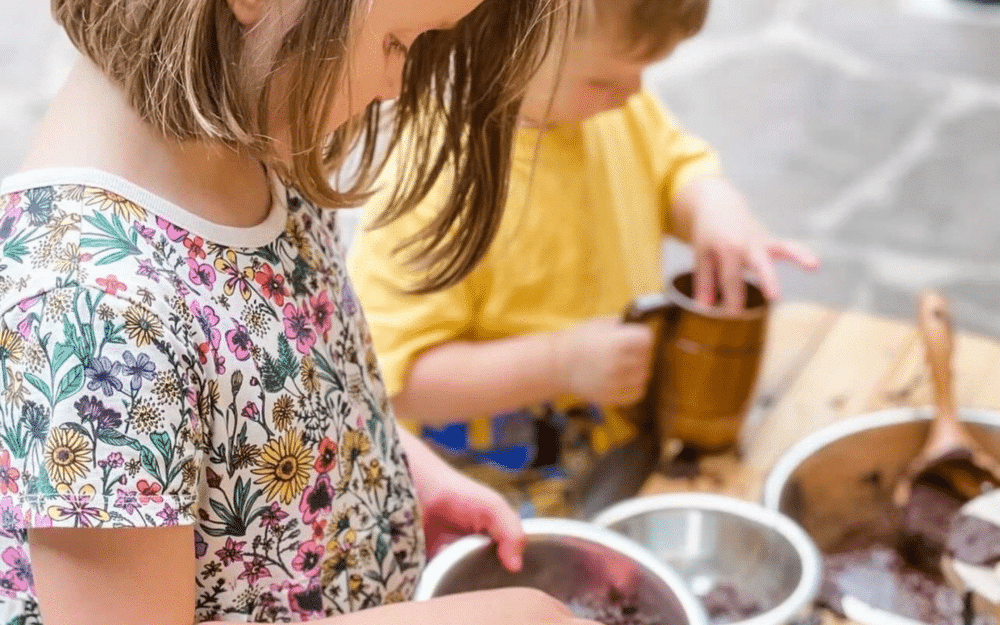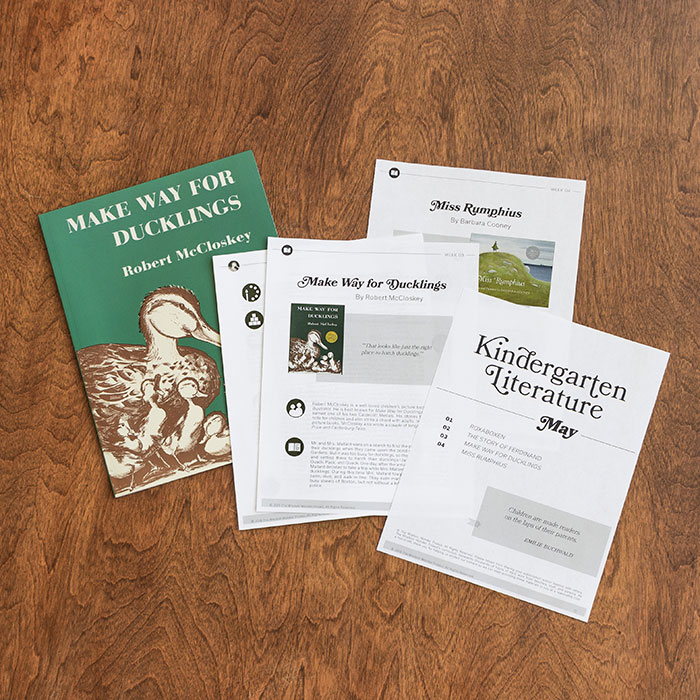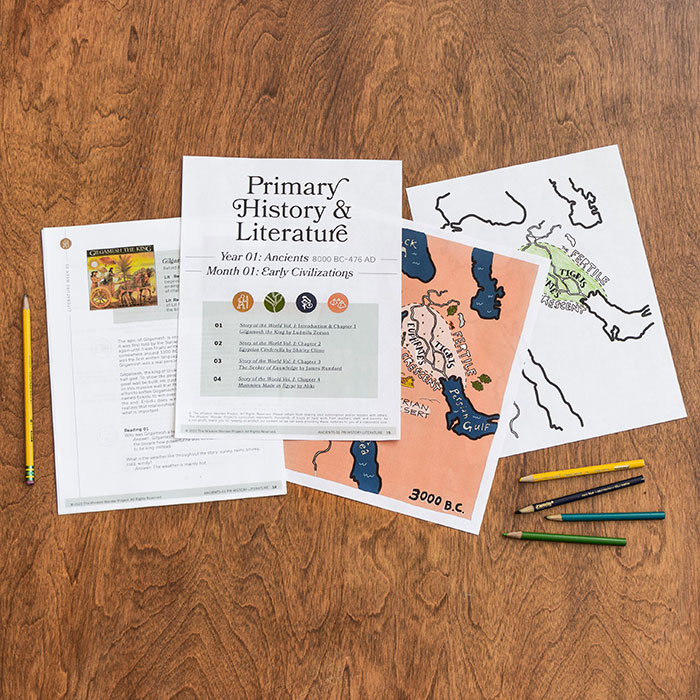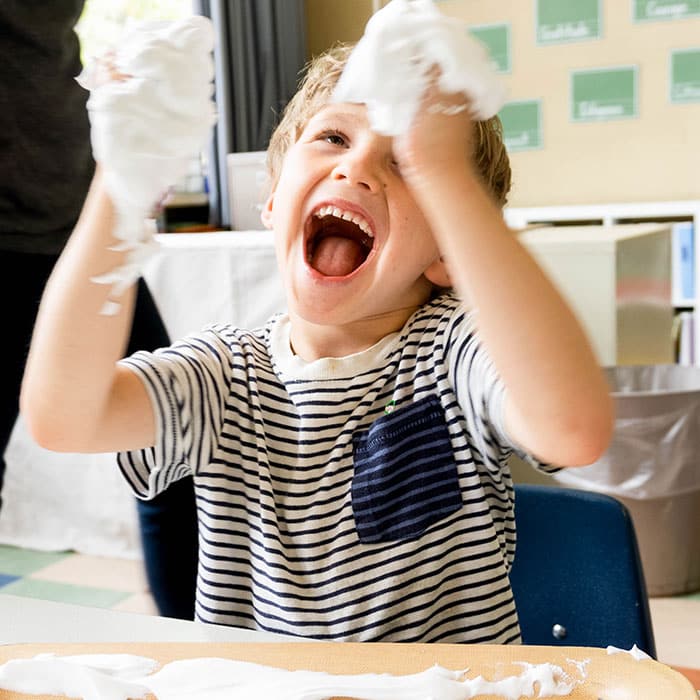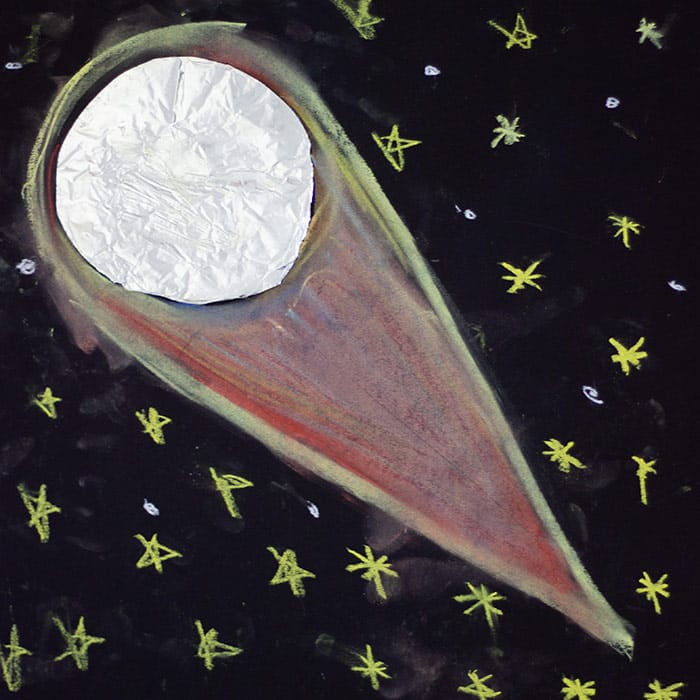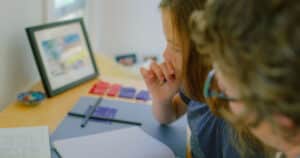When we first put our minds together and designed our literature-based curriculum, one of our priorities was to make sure that it is flexible and adaptable to a variety of educational approaches. We want families all around the globe using our curriculum and gleaning from the rich treasure trove of insight and activities we present in each unit, but adding in their own twist or perspective to enrich the educational experience even further. We’re so excited that we had a team of moms that got together and did just that, and they are eager to share their experiences with our community. This blog is presented as an interview by our blog series coordinator Jacki Campbell, learning more about how families with different core values and approaches apply Wisdom Wonder Project in their homeschool. We hope you learn a little from each of them and are inspired in turn to make our curriculum your own in your home.
Today’s featured homeschooler is Lauren at PlayroomActivites (@playroomactivities) on Instagram. Lauren is a lively stay-at-home mama to Lily (age 5) and Ethan (age 2) who is a content creator with original and inspired ideas that leave me feeling motivated as a homeschooler and mama alike.
I have been following Lauren for quite a while now because her content is creative, colorful, consistent, and encouraging. It is not only her content that keeps me returning to her page, but it is her mothering. I am drawn to her light-hearted and honest personality where I find myself wishing she lived nearby!
She and I are aligned in many ways, but what we can talk the most about is about eco-friendly approaches in our homes. I often get overwhelmed by the amount of “stuff” needed in children’s activities that are nonrenewable, but if we put in the extra effort and creative energy, we can find alternatives, replacements, and enhancements, like Lauren did in her adaptation of the Mud Pit Bakery from the Roxaboxen Book-a-Week unit. Wisdom Wonder Project gives several activities to choose from, and as homeschooling parents, we can sift through and find what fits our children and our family values the best.
Why did you choose to homeschool?
Lauren: Lily has always been spirited, and I didn’t want that spirit crushed. She thrives with hands-on learning, physical activity, and time outdoors. I couldn’t see sending her to a classroom for 7-8 hours a day, and it being best for her. I also treasure the time I get to spend with the kids. We believe strongly in respecting our children as individuals while maintaining a slow and wholesome childhood.
Why is sustainability and eco-friendly living so important to you? Any recommended resources?
Lauren: Sustainability and eco-friendly living has really become a way of life for us. I started on a journey to wooden toys when my daughter was about 2 years old. I was exploring Montessori philosophy. The more I became invested in the wooden toy community, the more I learned. I knew the basics about recycling prior, but I didn’t grasp the fact that once plastic is manufactured it never decomposes. I didn’t grasp the amount of microplastics that are making their way into our ocean. I began to research and decided I wanted to do our part and contribute as little to the issue as possible.
There are so many easy switches we can make to help: use bamboo toothbrushes instead of plastic, glass tupperware or reusable bags from Ziptop instead of plastic baggies, washable sponges by Marley’s Monsters instead of the traditional sponge, Bars of Shampoo by companies like HiBar instead of bottles, even companies like Grove now have cleaner concentrates available at Target that can be used in a reusable spray bottle to reduce the plastic waste.
What are some simple ways parents can be more eco-friendly in their homeschooling?
Lauren: The best ways to be eco-friendly when homeschooling are to use natural resources when possible, reuse your sensory items, recycle cardboard instead of always using paper for crafts, and sometimes just making materials you have work.
Can you give an example of how you adapt Wisdom Wonder Project curriculum?
Lauren: Wisdom Wonder gives flexibility with the schedule. They provide the options, and I can pick and choose what will work best for us. For example, when reading the book Roxaboxen, I knew the Mud Pit Bakery activity would be a huge hit, and both of my kits would enjoy it. We can incorporate schooling into our day where it fits – whether that is indoor or outdoors changes from day to day.
What do you like about Wisdom Wonder Project and the activities?
Lauren: I like the variety of activities included in the Wisdom Wonder Project. There is such variation that no matter what your child is most interested in, they will enjoy the activities. The book selection is also great.
Any final thoughts? And how can people follow along on your homeschooling journey?
Lauren: If you would like to follow our homeschool journey you can do so on Instagram, www.instagram.com/playroomactivities or on my blog playroomactivities.com.

Next Time…
We will look at how India and Raye from @Montessori_MelaninMamas will show us how Wisdom Wonder Project curriculum fits in with their Montessori lifestyles and teaching.
